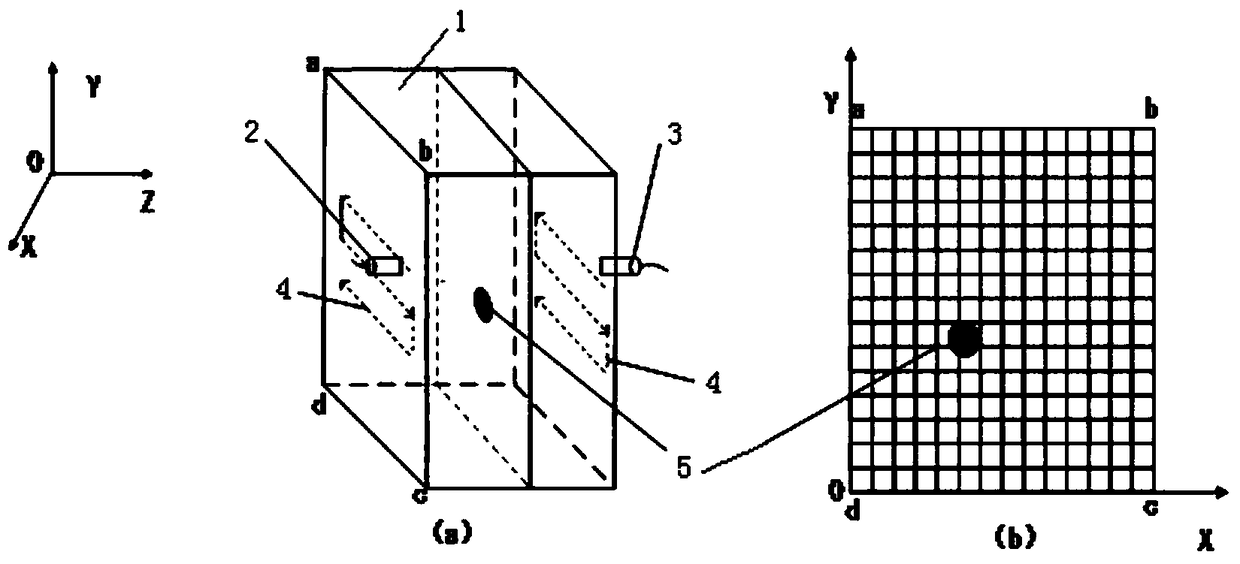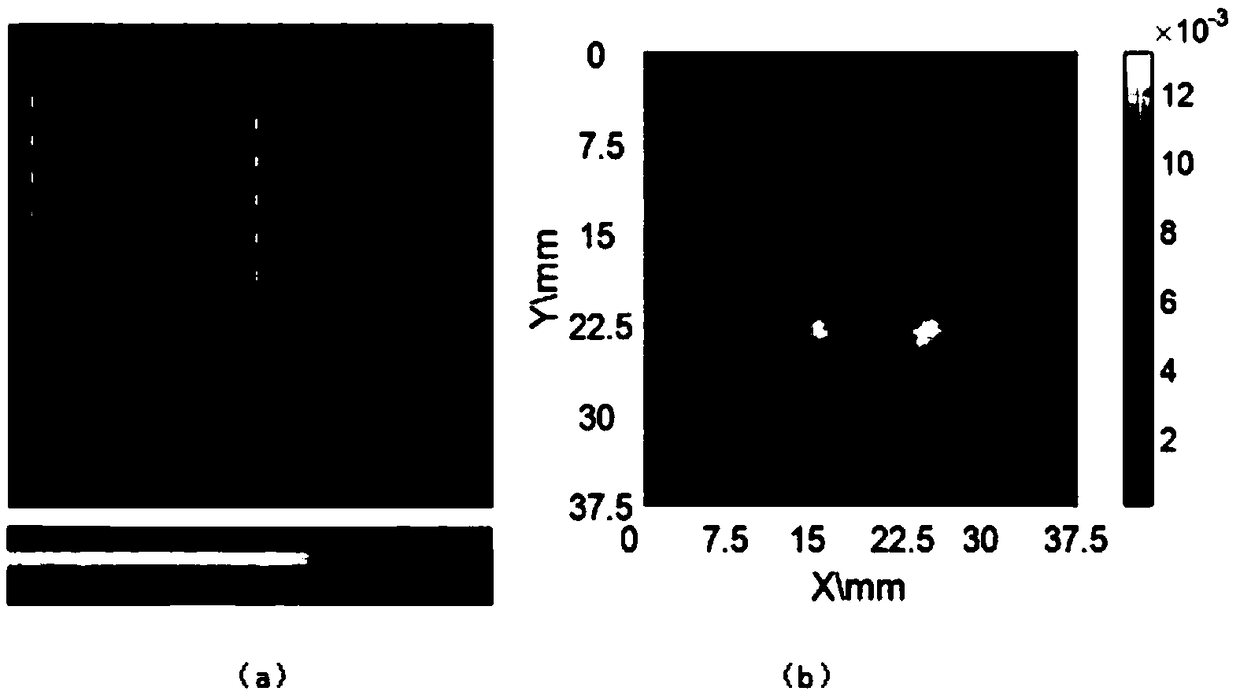Method for detecting defect of light ceramic-based porous composite material based on ultrasonic principle
A technology of composite materials and lightweight ceramics, which can be used in material analysis using sonic/ultrasonic/infrasonic waves, material analysis, solids analysis using sonic/ultrasonic/infrasonic waves, etc. It can solve the problem of low detection efficiency, complex equipment and high investment costs. question
- Summary
- Abstract
- Description
- Claims
- Application Information
AI Technical Summary
Problems solved by technology
Method used
Image
Examples
Embodiment Construction
[0020] In order to make the object, technical solution and advantages of the present invention clearer, the present invention will be further described in detail below in conjunction with the accompanying drawings and embodiments. The specific embodiments described here are only used to explain the present invention, not to limit the invention.
[0021] Such as figure 1 As shown, a method for detecting defects in light-weight ceramic-based porous composite materials based on ultrasonic principles in this embodiment first needs to build a detection system, which is mainly composed of a computer equipped with a LabVIEW program, an ultrasonic signal generator, and a three-dimensional mechanical scanning device. , a power amplifier, an ultrasonic transmitting probe 2, an ultrasonic receiving probe 3, and a data acquisition card; the three-dimensional mechanical scanning device is composed of two motors and a motor driver, the workpiece 1 is immersed in water, and the ultrasonic tr...
PUM
| Property | Measurement | Unit |
|---|---|---|
| diameter | aaaaa | aaaaa |
| diameter | aaaaa | aaaaa |
Abstract
Description
Claims
Application Information
 Login to View More
Login to View More - R&D
- Intellectual Property
- Life Sciences
- Materials
- Tech Scout
- Unparalleled Data Quality
- Higher Quality Content
- 60% Fewer Hallucinations
Browse by: Latest US Patents, China's latest patents, Technical Efficacy Thesaurus, Application Domain, Technology Topic, Popular Technical Reports.
© 2025 PatSnap. All rights reserved.Legal|Privacy policy|Modern Slavery Act Transparency Statement|Sitemap|About US| Contact US: help@patsnap.com



